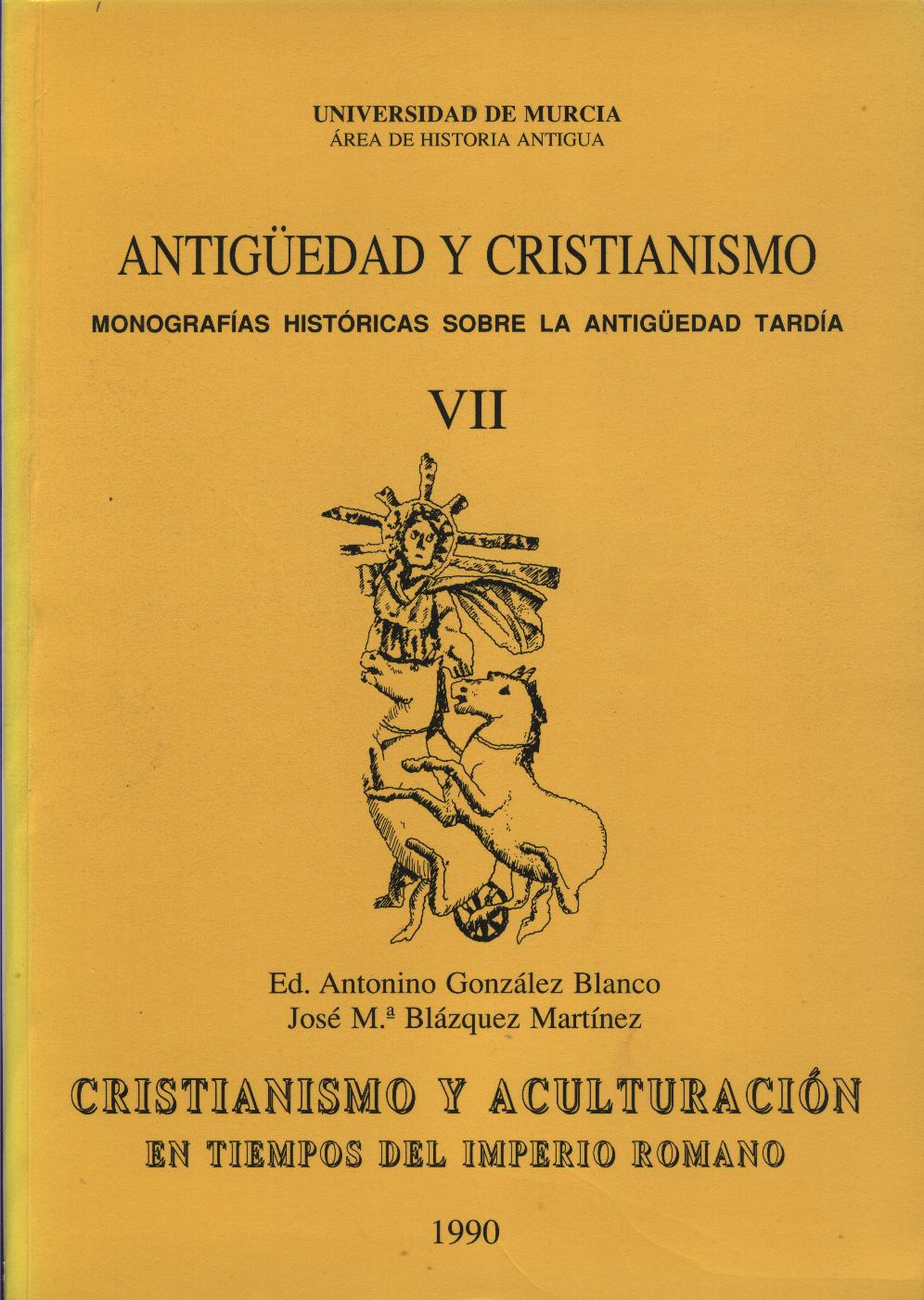El ara romana de Suatorre de Ambía (Orense) y sus inscripciones
Abstract
In this article the authors studiy a Roman ara later christianised which was found in Suatorre de Ambia (San Esteban de Ambia, Baños de Molgas, Orense) whose primitve inscription was erased in the Eriy Middle Ages. In this epigraphical space, and on both sides of the ara was engraved a doule text of deposition of relics and in which is mentioned a certain person, Analous, who was probably one of the unknown bishops of the Auriense diócesis. As in many other such cases which exist in Galicia, its ancient focus was enlarged, squared and deepened to serve as a receptacle for the Christian relics. The hypothesis utilized is that at least one of the texts embossed in relief can be dated between the first years of the eleventh century and the beginning of the last third of the century. This is deduced from the fact that only one kilometer away is located the pre-Romanic chapel of Santa Eufemia de Ambia where fragments of an inscription of the Mozarabic period, with a similar type of letter and technique, were found. The final conclusion, that this may be an ara which supported one of the lateral altars in the afore mentioned pre-Romanic chapel, is based on the fact that there exists a primitive triple advocation to the Saviour, Saint Mary and Saint Eufemia equal to one that still can be observed on the central altar which is supported by a Roman ara with an inscription dedicated to the Water Nymphs.
Downloads
-
Abstract311
-
PDF (Español (España))268
1. The authors non-exclusively assign the exploitation rights (reproduction, distribution, communication and transformation) to the magazine.
2. The works published in this magazine are subject to the Attribution-ShareAlike 4.0 International license (CC By SA 4.0). Therefore, they can be copied, used, disseminated, transmitted and publicly displayed, provided that:
i) the authorship and the original source of its publication (journal, editorial and URL of the work) are cited, thus allowing its recognition.
ii) it is allowed to remix, transform or create from the material while maintaining the same license as the original.
Note: Articles prior to 2022 incorrectly display the CC by SA license in the abstract page. They are under a CC by NC ND license as embedded in the article pdfs. Articles published in 2022 and after are under the CC by SA license.

3. Self-archiving conditions. Authors are allowed and encouraged to electronically disseminate the pre-print (version before being evaluated) and/or post-print (version evaluated and accepted for publication) versions of their works before publication, as it favors their publication. Earlier circulation and diffusion and with it a possible increase in its citation and reach among the academic community. Color RoMEO: verde.
























